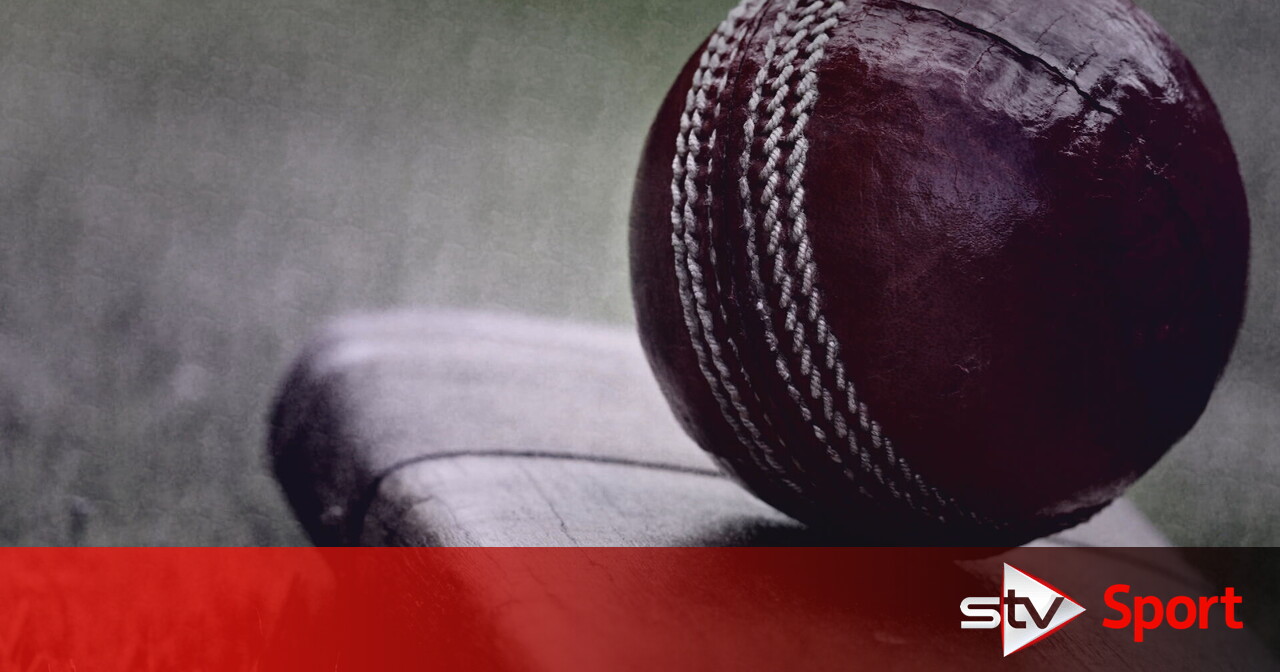Fashion
Andy Murray is Scotland’s last hero. He should bow out in style

We Scots are not an over-emotional people, at least not when it comes to hero worship. That may have something to do with the fact that we’re not exactly overburdened with heroes, certainly not recently.
But I’m sure I’m not alone among my compatriots in hoping that Andy Murray, the man who most of us reckon to be right at the top of that pantheon of Scottish “greats” today, decides to call it a day and announce his impending retirement from tennis.
I know it’s none of our business, but he admitted after losing in the first round of the Australian Open this week that he was worried about his future in the sport he loves.
He needn’t be. After all, he has brought honour to us all, to his native land, but most of all to himself and his family by his fantastic record in winning everything that tennis has to offer.
He has been twice Wimbledon champion, once a US Open winner, has two Olympic gold medals, and was the world number one during his time as a member of that incredible quartet with Nadal, Federer and Djokovic that conquered the sport. Quite rightly, he was knighted by a grateful nation for services to tennis and for his charitable ventures in 2016
In the various sporting arenas that nowadays get most of us excited, it’s true that Scotland has a reasonable record, given the likes of Sir Jackie Stewart, Sir Chris Hoy, Jim Watt, Ken Buchanan and Gavin Hastings. Furthermore, in the only sport that matters to most Scots – football – the names of Denis Law and Sir Kenny Dalglish are still up there in lights.
But in football’s world and European cup competitions, Scotland has distinguished itself only by its absence. It is Andy Murray’s performances on the world stage, but especially at Wimbledon, that have filled that gap in magnificent fashion.
In time, after he apologised for hoping – in jest, he says – that England would lose a football match, the whole of Britain learned to love this gangling, often cantankerous athlete who became in maturity a UK figure of excellence.
But in Scotland, Andy – he is always just Andy – took tennis, hitherto a fixture of middle-class suburbia, to where it hadn’t been before.
I remember playing with a colleague on a public court in Glasgow and being watched by a posse of small boys who, having seen Wimbledon on TV, happily acted as our ball boys after pointing at our rackets and asking: “Are these your ‘bats’, mister?”
I’ve no idea if they took up the sport, but I’m sure that Andy Murray’s example convinced lots more to do so. Yes, we still need more and better facilities – especially indoor courts – to maintain the development of the sport in this country. All of which means that there is a huge job for someone like him to do in joining forces, possibly with his mother and elder brother, to further extend the reach of tennis.
Andy Murray has nothing left to prove, at least not to us, but I do believe that there is a certain job just waiting for him: not on Wimbledon’s “show courts” but overlooking them from the commentary box.
He’d be a shoo-in to pass on his knowledge and forthright views of the game from there. The Roy Keane of Centre Court? Why not?










